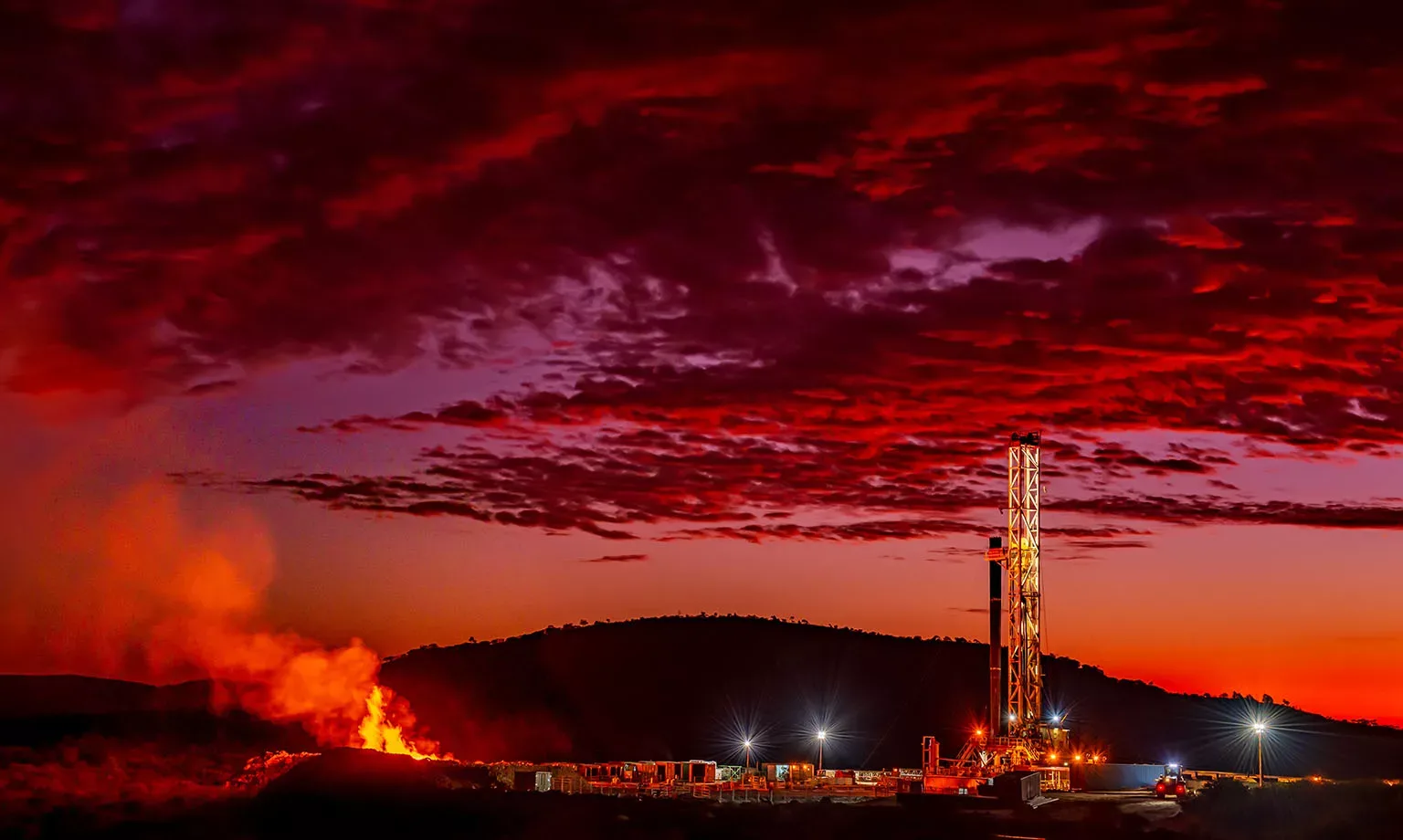Providing energy security and reliable gas supply to power stations, mine sites, energy wholesalers, and retailers across Australia, Central Petroleum is well-positioned to increasingly play a role in the country’s energy future. Leon Devaney, CEO and Managing Director, tells us more.
SUPPLYING AND SECURING AUSTRALIA’S ENERGY FUTURE
Despite the discourse surrounding the need for immediate clean energy, oil and gas are still fundamental to modern society and can be utilised responsibly and safely to assist the global search for a balance between sustainability and accessibility.
Central Petroleum, operator of the largest onshore gas fields in Australia’s Northern Territory (NT), does just that, providing reliable gas to serve public needs and act as a transition fuel as the future of clean energy is evaluated.
In the move from traditional coal-fired electricity generation to renewables, natural gas is an ideal transition fuel as it is cleaner than coal, a reliable complement to renewable resources, and can respond quickly to fluctuating network supply and demand.
Currently supplying approximately half of the NT’s gas demand from its three gas fields, Central Petroleum is a well-established Australian Stock Exchange (ASX)-listed oil and gas producer boasting a diverse portfolio of producing and prospective gas tenements across the region.
“In the NT, we are the only onshore gas supplier with proven gas reserves and fields with a long history of dependable production,” introduces Leon Devaney, CEO and Managing Director.
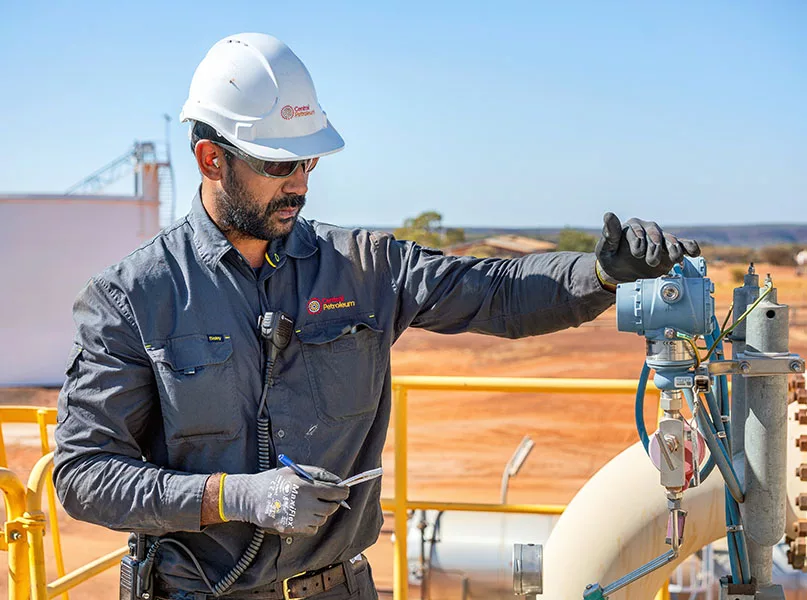
“With production facilities already in operation, we have an advantage over yet-to-be-developed fields which are commercially unproven and require regulatory, environmental, and cultural heritage approvals.”
Importantly, the company can incrementally add production capacity by tying new wells into existing infrastructure and leveraging its capabilities to bring discoveries to market efficiently. Case in point, it will drill two new production wells at its Mereenie field in the next six months, with gas to flow to customers almost immediately.
With a workforce of 80 personnel spread between its Brisbane head office and gas fields, Central Petroleum has interests in over 173,000 square kilometres (sqkm) of exploration permits in Central Australia, which include large resources of natural gas, oil, helium, and hydrogen.
Additionally, the company is committed to maintaining the highest environmental, social, and governance (ESG) standards across its operations as embodied in its core operations.
“We put safety first, respect the environment and the communities we work with, and value our people and stakeholders,” prides Devaney.
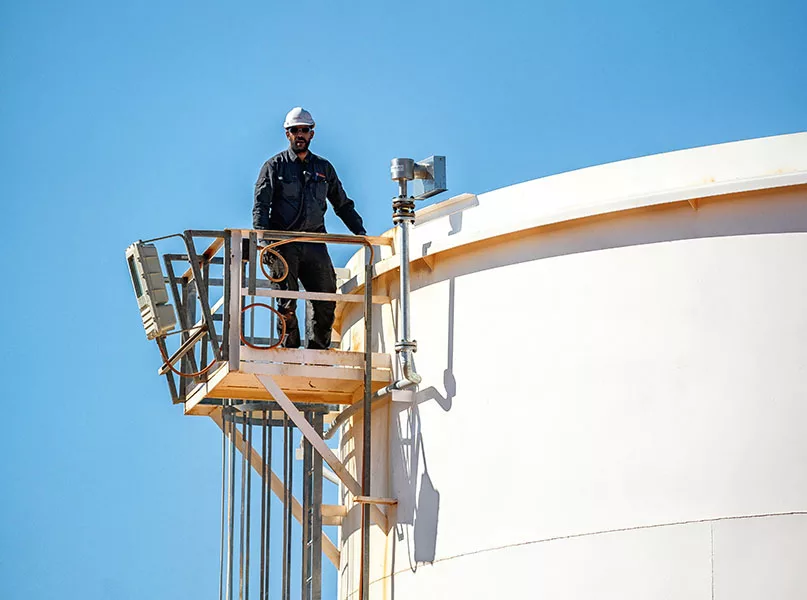
PROVEN RELIABILITY
Having started in the oil and gas industry in 2005 at Queensland Gas Company (QGC), Devaney began his career focusing on coal bed methane (CBM) – a then-unproven Australian gas resource contained within coal – where he was responsible for raising debt capital.
“Ultimately, we successfully proved that CBM could be commercialised, which led to a takeover of QGC with the company valued at nearly AUD$6 billion, one of the great success stories in the Australian oil and gas sector,” he expands.
Today, Devaney still finds much excitement and innovation in this ever-evolving industry, specifically enjoying the challenges and opportunities associated with oil and gas exploration, where companies are only one discovery away from business-changing events.
“As my experience with QGC shows, the sector has incredible hurdles but also endless opportunities for great rewards and the ability to make a real difference to people and businesses in Australia.”
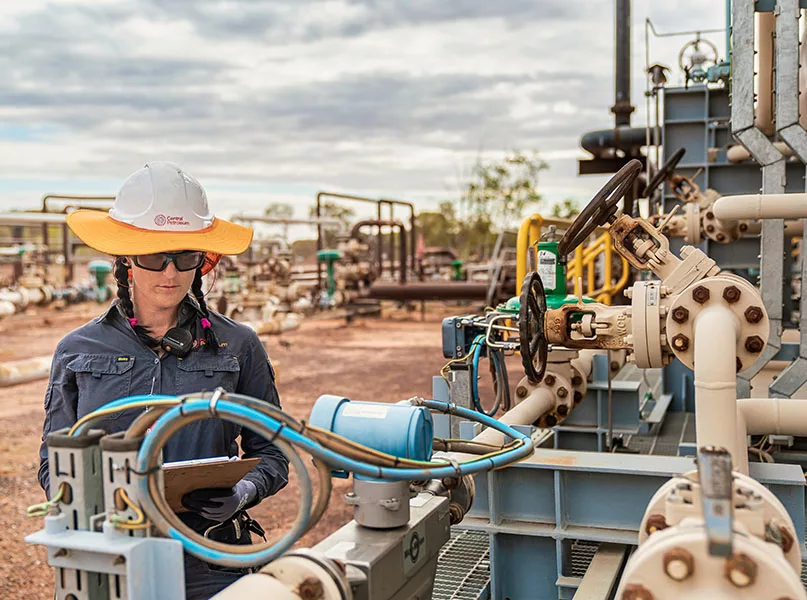
By early 2025, Central Petroleum will have drilled and commissioned two new wells at its Mereenie oil and gas field to further increase production capacity in response to market demand. The company and its partners at Mereenie will invest approximately AUD$30 million in the new wells, and with the offtake already contracted, it is expected to recover the costs rapidly.
It has also agreed to supply gas to Arafura Rare Earths’ proposed Nolans Rare Earths Project from 2028, supporting new and critical industries that require gas to compete on the global stage.
Equally as important is the company’s dedication to ensuring positive outcomes in its local communities. In order to contribute to sustainable and beneficial growth, it closely engages and participates with stakeholders alongside working with Traditional Owners, leaseholders, and landowners to ensure the protection of the environment and cultural heritage.
“Our people are committed to respecting the environment and local communities – 20 percent of our workers in the NT are Indigenous, and we’ve had a clean safety record for almost two years,” details Devaney.
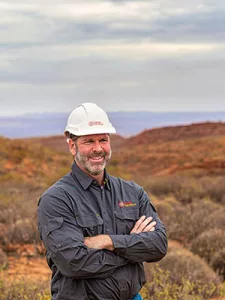
“We recently signed a major gas supply agreement with the NTG to supply gas into the region for the next six years, providing gas security for power generators, mine site operators, industrial gas users, and households at a time when other suppliers are declining and becoming less reliable”
Leon Devaney, CEO and Managing Director, Central Petroleum
COMMERCIALISING ENERGY POTENTIAL
At the beginning of 2024, Central Petroleum revamped its commercial strategy to build value for stakeholders by capitalising on the changing dynamics of Australia’s energy markets.
The strategy consisted of two prongs – maximising cash flow from existing production assets in a robust gas market to commence sustainable distribution to shareholders, and advancing exploration in its promising exploration permits, funded primarily by third-party farmouts.
The company has made immediate progress on its strategy, recently signing agreements to supply all of its firm gas production to the NT Government (NTG) and Arafura Rare Earths from 2025 until 2030.
“These NTG gas service agreements (GSAs) represent a major milestone for us and are some of the most important transactions Central Petroleum has ever executed,” enthuses Devaney.
The Central Petroleum team had identified that the NT gas market was increasingly at risk of a gas supply shortage and moved to lock in gas prices within this market dynamic on a firm basis. The new contracts will bolster the company’s cash flow – something that will become visible once supply from the NTG GSAs commences in 2025.
Devaney also focused on reducing Central Petroleum’s exposure to pipeline interruptions that plagued the NT for the last 12 months, threatening future growth and revenues. The NTG GSAs were specifically structured to allow Central Petroleum to meet its obligations to existing East Coast customers when the Northern Gas Pipeline (NGP) is operational, alongside providing a backstop provision where the company sells gas on a firm basis to the NTG when the NGP is not functional.
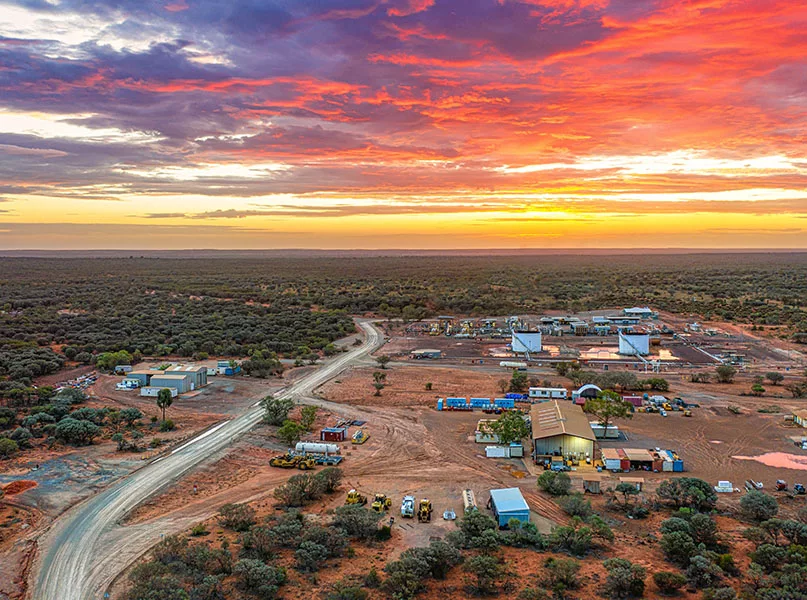
“These agreements also recognise our production as a base gas supply through strong take-or-pay provisions, which means the customer must pay for gas whether they take it or not,” details Devaney.
“This provision ensures that we generate cash flow from existing firm production, dramatically reducing financial risk.”
The certainty arising from the NTG GSAs has given the company confidence to invest in the new Mereenie production wells and will support debt restructuring initiatives.
There are also several attractive opportunities to find additional resources within its existing production areas, including previously ignored formations containing gas and identifying other pockets of hydrocarbons not currently accessed by its production wells. Given the emerging gas market dynamics, these growth opportunities are a high priority for the company.
Additionally, Central Petroleum’s exploration permits represent another untapped source of value, as the company has a significant footprint in the proven Amadeus Basin, which contains some of Australia’s largest prospective onshore resources of conventional gas and helium.
More from APAC Outlook
“The basin has provided reliable, high-quality oil and gas since the 1980s, yet is underexplored and believed to hold significant additional gas resources, including helium and naturally occurring hydrogen, with good prospectivity for oil on the western flank,” informs Devaney.
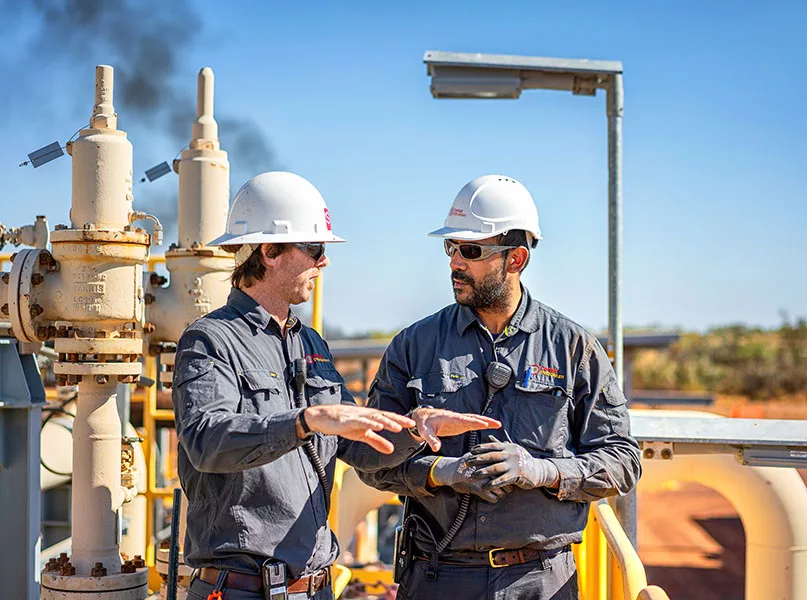
A FUTURE IN HELIUM
Helium provides an enticing opportunity to unlock a valuable new revenue stream within the country.
Australia’s only domestic helium production ceased earlier this year when the Darwin liquefied natural gas (LNG) plant closed, and Central Petroleum is working with a major global supplier to progress a recovery and liquefaction unit at Mereenie to extract helium from the existing gas stream, which typically contains circa 0.2 percent helium.
If the project proceeds, the Mereenie field would be Australia’s sole domestic source of helium. Given its high market pricing, this would be an attractive additional revenue source, but the deeper sub-salt exploration plays hold enormous potential.
“In terms of pure exploration, our Mount Kitty prospect is likely to be the first target drilled under any new farmout given the first Mount Kitty well discovered gas containing nine percent helium, which is a very high concentration by global standards,” expands Devaney.
The company is working hard to find a good farmout partner for the permit, with drilling able to commence within six to nine months of reaching an agreement, given permitting and approvals for Mount Kitty are already advanced and the long lead items held in inventory by the operator.
In parallel to its Mount Kitty endeavours, Central Petroleum has other large sub-salt targets with potential for enormous natural gas, helium, and hydrogen resources. It plans to pursue these opportunities in due course, intending to attract capital from new partners to fund the exploration. With helium only being produced at a handful of locations worldwide, success at Mount Kitty would generate global interest in the region.
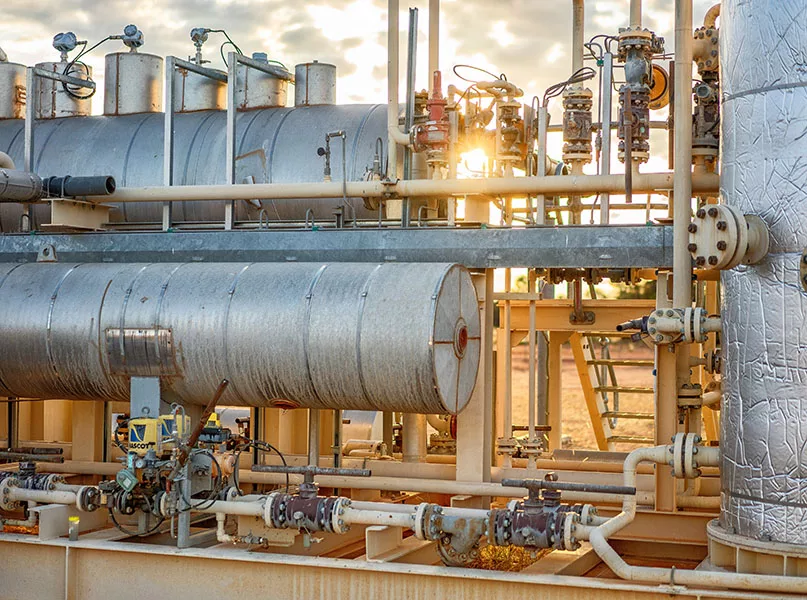
POSITIVE OUTLOOK
As Central Petroleum looks towards the future, its focus continues to be on optimising its production assets, given the strong gas market in the NT. In addition to the Mereenie wells, new wells are being planned for Palm Valley as stronger gas prices could see successful wells pay back their costs within two years.
“We have done the hard work and are now turning the corner on what has been a challenging period in the company’s history – the next 12 months will be a pivotal time. Increasing cash flows from new contracts and wells could see shareholders receive their first returns, and successful exploration drilling could unlock enormous value,” concludes Devaney.



